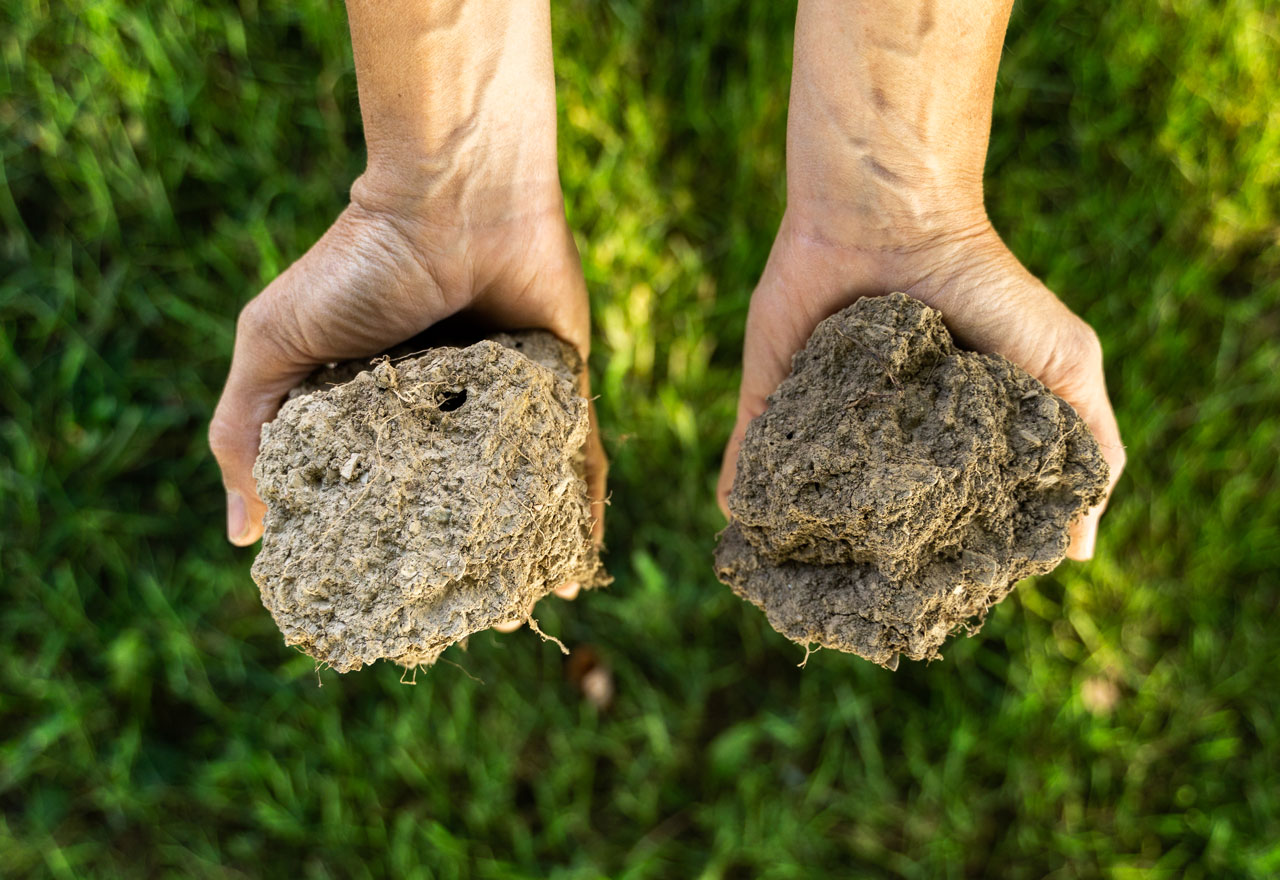Takeaways from Rodale Institute’s Farming Systems Trial
by Lisa Elaine Held
In Eastern Pennsylvania, fields of corn that stretch endlessly towards the horizon are a common sight. But 12 acres in Kutztown are nothing like the rest.
It’s the site of Rodale Institute’s Farming Systems Trial (FST), the longest running side-by-side comparison of organic and conventional farming in the world.
This year, Rodale — a trailblazing force for organic and regenerative farming in the US — is celebrating the trial’s 40th anniversary. The experiment has produced a wealth of impactful data, influencing the creation of the USDA’s organic certification program and inspiring other research trials around the world. (Side note: George Washington Carver was pioneering organic soil-building techniques 70 years earlier, and his contributions are often left out of organic’s history.)
Plenty of food, healthy soil
Rodale researchers launched the FST in response to a USDA survey in the 1980s, explains Jeff Moyer, Rodale CEO. The survey found that one of the main reasons farmers were reluctant to transition to organic was that they worried about sources of nitrogen, the most essential nutrient for plant growth.
Rodale researchers decided to measure how crops given nitrogen in different ways performed. “The first thing we found was that we could actually produce equal yields in organic systems to conventional, even without animals. The other thing we found was that animals in the system made things much easier,” Moyer said.
In other words, organic farmers wouldn’t necessarily have to sacrifice yields. Other studies have found the opposite, but Rodale researchers say that’s a function of time. Most studies are short, and when farmers switch to organic, yields do drop — in the first five years. But the FST has shown that over 40 years, the soil bounces back and things level off. Organic fields in the trial have been able to weather periods of drought much better than conventional.
Soil health and climate change
FST data also shows impressive increases in organic matter in the soil compared to conventional fields.
This matters because organic matter is where carbon hangs out. As in, the carbon that is causing mayhem above ground as a greenhouse gas can be stored beneath our feet, and other long-term farm trials have all found higher levels of carbon in organic soils, especially deep down where it’s likely to stay for longer periods of time. There are many questions remaining on how to best sequester carbon in soil and whether the amount could be meaningful in terms of slowing down climate change, but this research is promising.
“One story that we can tell from the FST is that we can improve soil health by the way we farm,” Moyer said. “Twenty-five years of continuous [conventional] corn had killed that soil. We were able to take that soil and regenerate it.”
And yield and soil health are only two metrics in a system that includes so much more. It’s essential to consider all of the effects, from pesticide impacts to nutrient content.
“If the goal is to ask: How do we kill weeds or manage weeds most efficiently and effectively and in a cost effective way, herbicides work. But that’s not the goal of agriculture, right? That’s one step in a process that [should] produce healthy food for healthy people and a healthy planet,” he said. “We’re not suggesting that conventional doesn’t work. If the goal is to produce tons of stuff, it works. We’re suggesting that it doesn’t work if the end goal is human health and planetary health.”
A version of this story originally appeared in Peeled.


